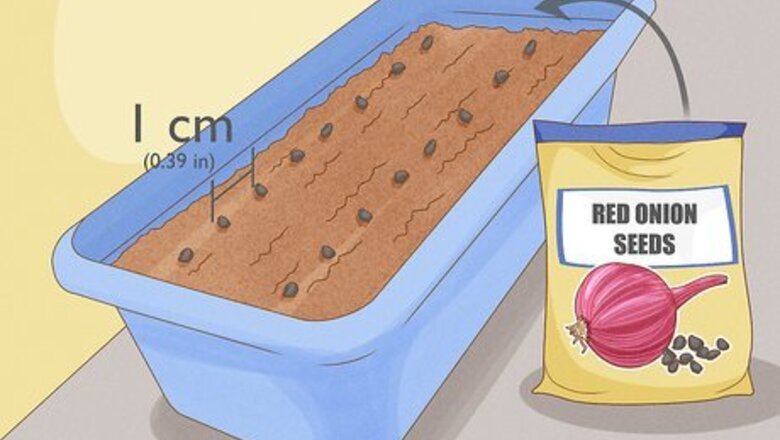
views
Starting Red Onions from Seeds
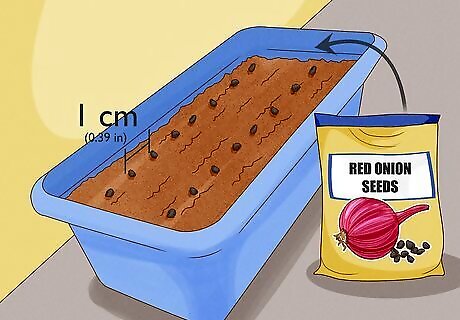
Start your seeds indoors 6-8 weeks before planting them outside. Sow your red onion seeds indoors in a potting tray or small container. Space the seeds 1 cm (0.39 in) apart if using a container. Place the seed in the soil and cover it with a thin layer of compost. Water your seeds immediately. This way, your seeds will be ready for your garden when it’s time to plant them.
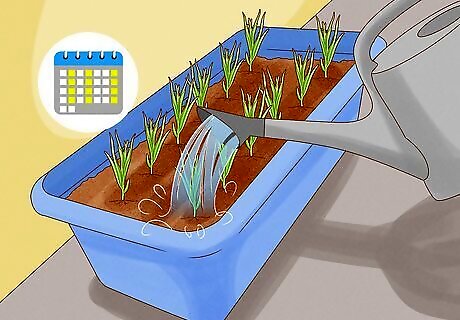
Water your seedlings 1-3 times a week. To help your seeds sprout into seedlings, use a watering can to water them regularly. Saturate the soil thoroughly, and wait for the soil to dry before watering them again.
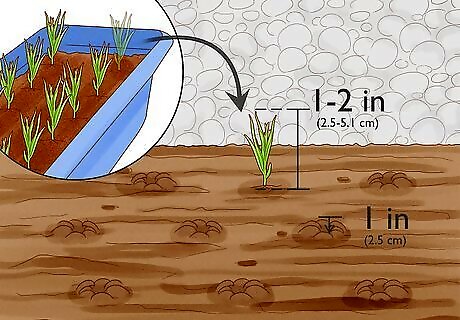
Transplant your seedlings when they grow to 1–2 in (2.5–5.1 cm) tall. When your seeds sprout above the soil and reach a few inches tall, they can withstand the outdoor environment. To transplant your seedlings, place them outside 1-3 days before you replant them. Dig holes in your garden about 1 in (2.5 cm) deep, and place your onion seedlings inside. Cover them with compost. Space your seedlings 3–4 in (7.6–10.2 cm) apart. The best time to replant your seedlings is in late March or early April when the temperatures reach above 20 °F (−7 °C) consistently. Hardening off your seedlings will help them adapt to outdoor conditions. One week before planting them outside, place your seedlings in a shaded area for longer times each day.
Planting Onion Sets or Seedlings
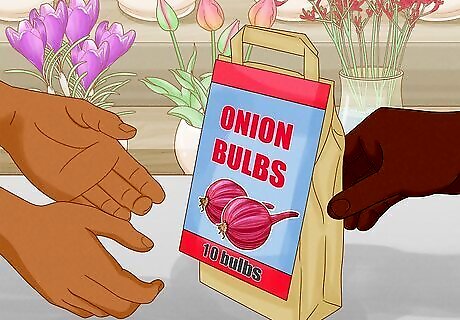
Purchase onion bulbs or seedlings from a local nursery. Red onion sets come in a bundle with about 10-20 total bulbs. When you are ready to plant them, take off their packaging and separate each bulb individually. You can also get onion bulbs from a garden supply store.
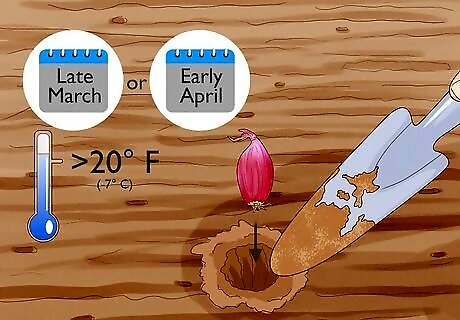
Plant the onions in late March or early April. For best growing conditions, plant your onions as soon as you can work the ground. Typically, this happens in the springtime right after the last frost. Do this when outdoor temperatures stay above 20 °F (−7 °C)
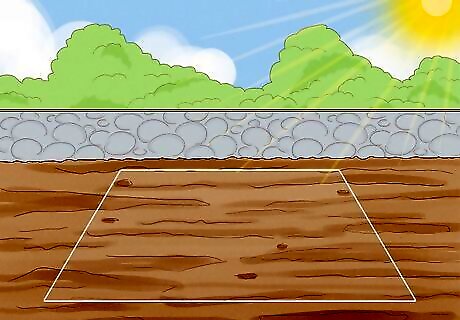
Pick a spot in your garden with full sun. Onions grow best in direct sunlight for most of the day. Choose a spot away from tall plants so your onions won’t be shaded.
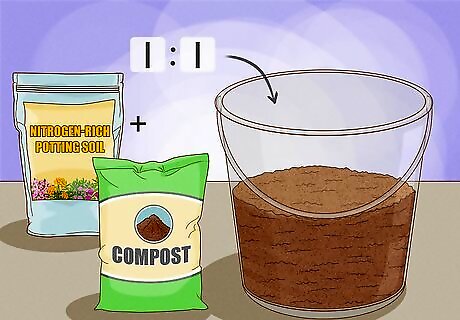
Mix equal parts of nitrogen-rich potting soil and compost in a bucket. Onions grow full and healthy in soil high in nitrogen content. Using a garden spade, fill a large bucket halfway with organic potting soil rich in nitrogen. Then, fill the rest of the bucket up with compost. Mix the dirt up using your garden spade. This mixture provides ample nutrients to your red onions, so they can grow healthy. You can purchase nitrogen-rich soil and compost at home supply and garden supply stores.
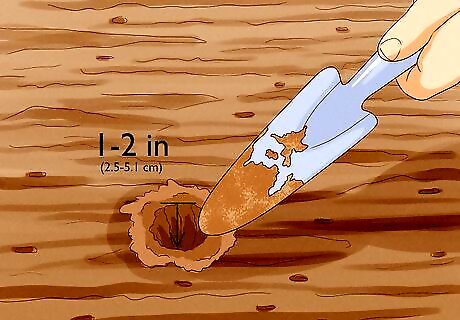
Dig a hole about 1–2 in (2.5–5.1 cm) deep using a garden tool. Onions do not need to be deep in the soil. Use a garden spade to remove about 2 in (5.1 cm) of dirt.
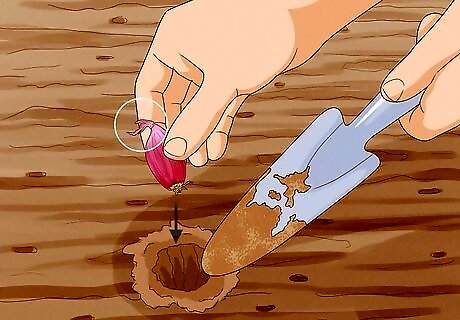
Place the bulb or seedling in the hole with the root end facing down. The green shoots should poke above the soil, and the bulb should go underground. Put the bulb inside the hole you dug, and cover the onion with your potting soil and compost mixture.
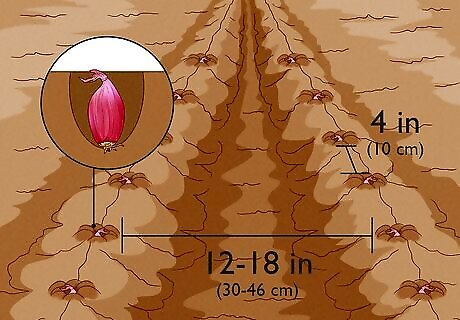
Plant the rest of your onions about 4 in (10 cm) apart from each other. Plant your next red onion bulb or seed a few inches down, and continue doing this for all of your onions. This way, each plant has enough room for its roots to take to the soil. If you have multiple rows of onions, leave 12–18 in (30–46 cm) between each one.
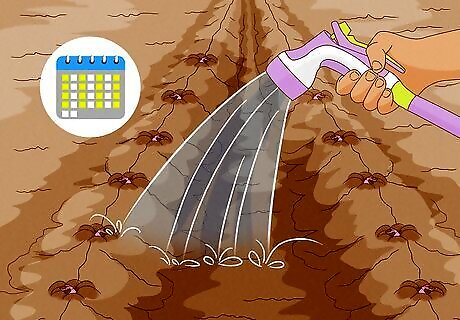
Water the soil thoroughly immediately then 1-4 times a week. Use a garden hose or a watering can to thoroughly saturate your onions after you plant them. An immediate watering helps the plant take to its new home. Then, water your onions when the soil goes dry. On average, red onions need watering every other day depending on the amount of rain and the dryness of your climate.
Using Onion Scraps
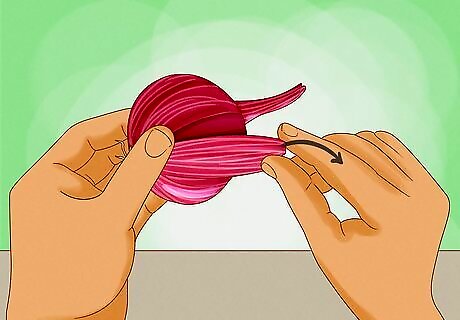
Remove the outer papery layers of the onion. Use your fingers to peel away the papery outside of the onion. Getting rid of the outer layer makes it easier to cut into the onion. You can toss these scraps in the garbage or in a compost bin.
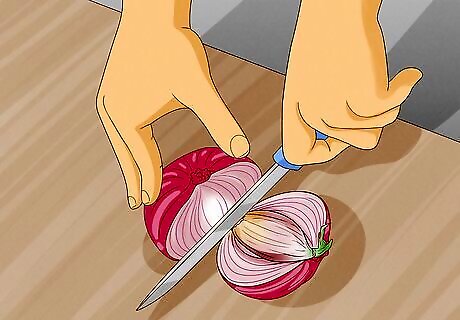
Make a cut lengthwise towards the center to open up the onion. Use a sharp serrated knife to cut some of the onion away. Apply steady pressure as you make your cut for a smooth slice. Avoid cutting directly into the middle, so you don't slice the bulb. Once you cut the onion, 1 side contains the bulb. If the other side is still firm, you save it for cooking.
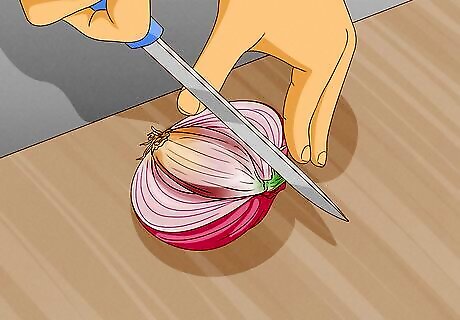
Cut around the base of the onion to expose the bulb. Make 1-4 additional cuts vertically to remove the rest of the onion from the bulb. Position your knife near the bulb and apply pressure to make your cut. Do this until all of the onion is removed. If your onion is still firm, you can use it to cook with or eat it with a meal.
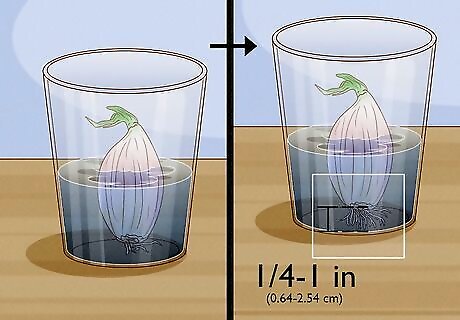
Put the onion stem in a cup of water until it starts to sprout roots. Fill up a bowl or cup ⅔ of the way with water from your faucet. Then, place the onion bulb inside. Leave the onion inside the water for several days, and soon it will grow roots from the bottom. When your onion’s roots are ⁄4–1 in (0.64–2.54 cm) long, take them out of the water and get ready to plant them.
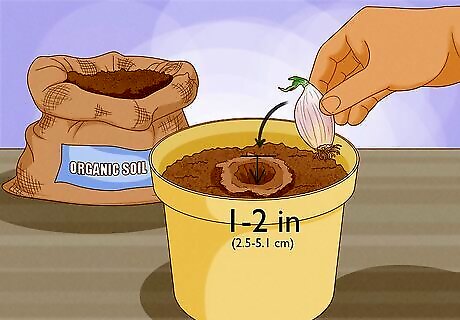
Transplant the sprouted onion center in organic potting soil. Dig a hole 1–2 in (2.5–5.1 cm) deep in your garden bed, and place the onion bulb inside. Cover the onion bulb with a layer of organic compost. Then, water your onion bulb right away so the roots start to take to the soil. When planting the bulb, leave the green sprouts on top
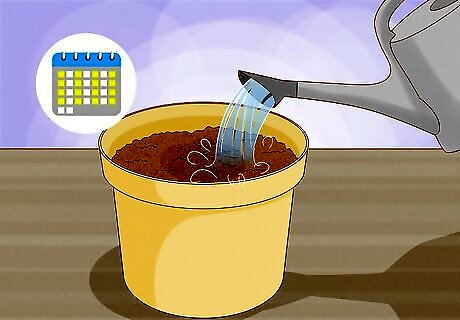
Water your onion 1-4 times a week to keep it well hydrated. Use a garden hose or a watering can, and water your plant for about 30 seconds to thoroughly saturate the soil. Then, wait for the soil to dry before watering it again. If the weather is very warm, it may need watering daily. If the weather is mild, your onion can go a couple days without water. The best time to water onions is when their soil is completely dry.











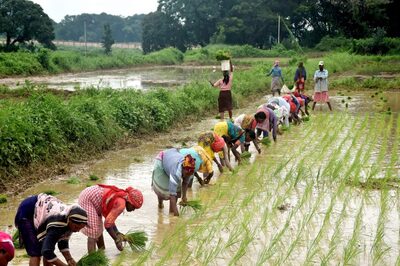








Comments
0 comment